Animals that start with h: list with pictures and facts. Discover amazing animals beginning with h. Follow the links for further information!
***
Animals That Start With H: Pictures & Facts
On this page you’ll find a list of amazing animals beginning with h, together with pictures and interesting facts about each animal.
You can find out more about many of the animals (and see pictures and videos) by following the links.
Discover animals beginning with ...
- Main list page: Animals A to Z
- Become an animal expert: Animals: The Ultimate Guide To The Animal Kingdom
List of Animals Beginning With H
Haddock
- Scientific name: Melanogrammus aeglefinus
- Conservation status: Vulnerable
The haddock is a marine fish found in the Atlantic Ocean. It can be recognized by the black lateral line that runs along both sides of its body. (A fish’s lateral line is a line of sensory organs that can detect movement, pressure and vibrations), and by a black patch on its scales above each of its pectoral (side) fins.
The haddock is a popular food fish. Its population has declined due to unsustainable fishing. As a result its conservation status is Vulnerable.
Harbor Seal
- Scientific name: Phoca vitulina
- Conservation status: Least Concern
The harbor seal is an aquatic mammal that lives on the coastlines of the North Atlantic, North Pacific and Arctic oceans. It is also known as the common seal. It ranges in color from white to brown. Pale-colored harbor seals have dark spots, whereas those with dark-colored skin have light spots.
The harbor seal is an ‘earless’, or ‘true’ seal, and is a member of the family Phocidae.
Harp Seal
- Scientific name: Pagophilus groenlandicus
- Conservation status: Least Concern
The harp seal is found in the Arctic Ocean and the most northerly parts of the Atlantic Ocean. It is an ‘earless’, or ‘true’ seal, and is a member of the family Phocidae.
The harp seal has black eyes, and gray skin with a black, harp-shaped marking on its back. Infants have a coat of thick white fur.
Harpy Eagle
- Scientific name: Harpia harpyja
- Conservation status: Near Threatened
The harpy eagle is a powerful bird of prey found in the rainforests of South America. It is the largest eagle found in the Americas, and can weigh up to 20 lb. (9 kg). It hunts in the rainforest canopy, preying on mammals such as sloths and monkeys.
- Find out more about the harpy eagle here: Harpy Eagle Facts
Hartebeest
- Scientific name: Alcelaphus buselaphus
- Conservation status: Least Concern
The hartebeest is a large antelope that lives in savannas and woodlands in Africa. It has a long, thin face and long legs. Both males and females have distinctive bent, ringed horns. The hartebeest lives in herds of up to 300 individuals.
Hedgehog
Hedgehogs are small mammals with protective spines on their backs. There are 17 species of hedgehog. They are native to Europe, Asia and Africa. Although porcupines are also spiny, they are not related to hedgehogs.
- Find out more about hedgehogs here: Hedgehog Facts
Hellbender
- Scientific name: Cryptobranchus alleganiensis
- Conservation status: Near Threatened
The hellbender is a one of three species in the giant salamander family, Cryptobranchidae, and the only one to be found in the Americas. (The other two giant salamanders are the Japanese giant salamander, and the Chinese giant salamander.) Like all salamanders, the hellbender is an amphibian with a long body, a long tail, and short legs.
The hellbender lives under stones in freshwater rivers and streams in the east of the United States.
Herring Gull
- Scientific name: Larus argentatus
- Conservation status: Least Concern
The herring gull is a familiar sight in the coastal regions of Western Europe. It is a large gull with a white body and grey wings. It has a red spot at the tip of its powerful bill. Buildings on the coast provide an ideal substitute for the cliff edges on which the herring gull naturally nests.
Hippopotamus (Common)
- Scientific name: Hippopotamus amphibius
- Conservation status: Vulnerable
The hippopotamus is the third largest type of land animal; only elephants and rhinoceroses are bigger. The hippo lives a semi-aquatic lifestyle, spending most of the day in the water, and only emerging in the evening to feed. Although hippos are herbivores (plant-eaters), due to their size and aggressive nature they are among Africa’s most dangerous animals.
- Find out more about this animal here: Hippopotamus Facts
Hoatzin
- Scientific name: Opisthocomus hoazin
- Conservation status: Least Concern
The hoatzin is a large bird found in the Amazon rainforest in South America. It has gray plumage, with a featherless blue face and a distinctive orange crest on its head.
The hoatzin is unique among birds in two ways. The first is that its digestive system breaks down vegetation by fermentation, in much the same way as cattle. (The smell given off by the rotting vegetation gives the hoatzin its other name of ‘stink bird’.)
The second is that its chicks have two claws on each of their wings. These allow the chick to climb plants before it can fly. The claws disappear by adulthood.
Honey Badger
- Scientific name: Mellivora capensis
- Conservation status: Least Concern
The honey badger is a member of the weasel family, Mustelidae. It is found in Africa, the Middle East and the Indian subcontinent.
Although the honey badger’s liking of honey gives the species its name, it is mainly carnivorous. It preys on a wide range on animals, including mammals, reptiles and birds.
The honey badger is known for its ferocity. Its thick skin means that it is well protected, even when attacked by larger animals.
- You can find out more about the fearless honey badger here: Honey Badger Facts
Honey Bee
Honey bees are insects in the genus Apis. They live in large colonies which comprise of a single queen bee together with tens of thousands of female worker bees, and, at certain times of the year, a smaller number of male bees called drones.
Worker bees perform a dance-like series of movements to let the other bees know where a good source of nectar can be found.
There are seven species of honey bee. The western honey bee Apis mellifera is domesticated and kept by man to produce honey.
Hornbill
Hornbills are a family of birds whose members have distinctive long, curved beaks. Their long beaks, which are often brightly colored, are supported by the hornbill’s uniquely fused first and second neck vertebrae. (Vertebrae are small bones that make up the backbone.)
Hornbills are found in tropical and subtropical regions of Africa, Asia, and some Pacific islands.
Horseshoe Crab
Horseshoe crabs are invertebrates (animals without backbones) with ten legs, a hard shell, and a long, hard tail. They live on the sea bed, and are occasionally found on the shore. Despite their name, horseshoe crabs are not crustaceans and therefore not true crabs.
Horseshoe crabs have remained relatively unchanged for hundreds of millions of years, and are therefore known as ‘living fossils’.
House Mouse
- Scientific name: Mus musculus
- Conservation status: Least Concern
The house mouse is a small rodent that is often found living alongside humans. It grows to around 10 cm in length, not including the tail, which is about the same length again. The house mouse is a common pet, and is also used in scientific research.
Howler Monkey
Howler monkeys are large new world monkeys in the genus Alouatta. They are found in the rainforests of Central and South America. Howler monkeys are known for their loud territorial calls, which can be heard over distances of several miles.
- You can find out more about howler monkeys here: Howler Monkey Facts
Hummingbird
Hummingbirds are small birds in the family Trochilidae. They have the largest flight muscles in relation to body mass than any other birds. Due to this and their uniquely flexible wrist joints, they are able not only to hover, but also to fly backwards and sideways. A hummingbird’s wings can beat 200 times per second. This produces the humming sound from which the birds get their name.
Humpback Whale
- Scientific name: Megaptera novaeangliae
- Conservation status: Least Concern
The humpback whale is a large aquatic mammal. It can be recognized by its long pectoral (side) fins and the bumps on its head and lower jaw.
The humpback whale is famous for its spectacular ‘breaching’ behavior. This involves the whale launching itself out of the water and returning with a huge splash!
The humpback whale is a filter feeder. Comb-like structures in its mouth are used to capture small animals from the water.
- Find out more about humpback whales here: Humpback Whale Facts
Humphead Wrasse
- Scientific name: Cheilinus undulatus
- Conservation status: Endangered
The humphead wrasse is a large, colorful fish that lives on coral reefs. It can grow to lengths of 2 m (6.5 ft.), and is the largest species of wrasse. It feeds on mollusks and fish.
The humphead wrasse has become endangered due to overfishing. Despite this, it continues to be captured for the live food fish trade.
- You can find out more about this species here: Humphead Wrasse Facts
Hyena
The family Hyaenidae contains four species: the spotted, brown and striped hyenas, and the aardwolf. The aardwolf is the odd one out, as it is mainly insectivorous (it eats insects) whereas the others all eat the meat of larger animals.
Although thought of as a scavenger, only the brown and striped hyenas find most of their food this way. The spotted hyena captures most of its food itself, as does the termite-eating aardwolf.
- You can find out more about spotted hyenas here: Spotted Hyena Facts
- Discover more about the termite-eating aardwolf here: Aardwolf Facts
Animals That Start With H: Conclusion
We hope that this page has helped you find out about some amazing animals beginning with h. Continue your exploration of the animal kingdom by checking out the following pages:






























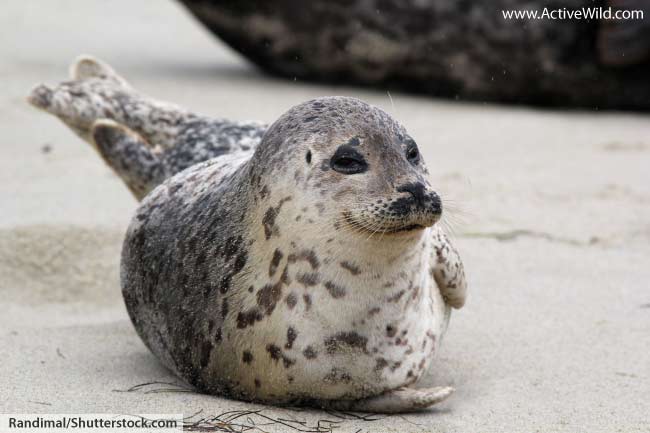
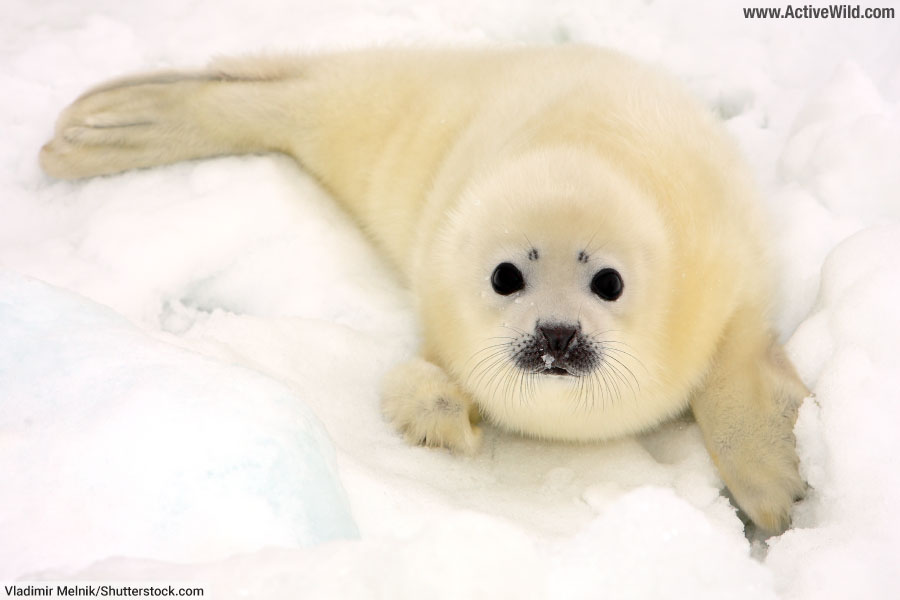
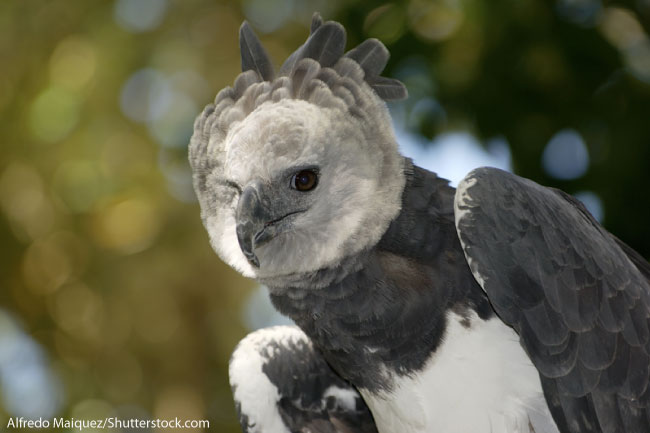

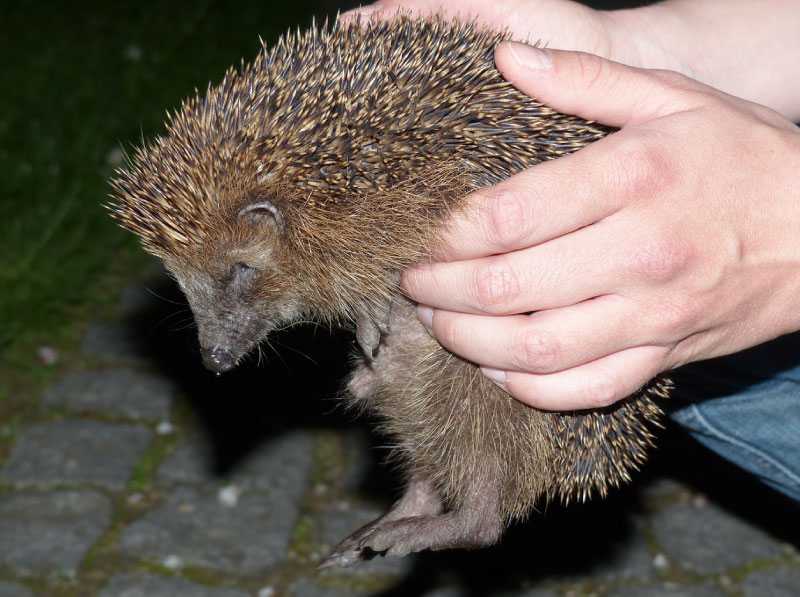
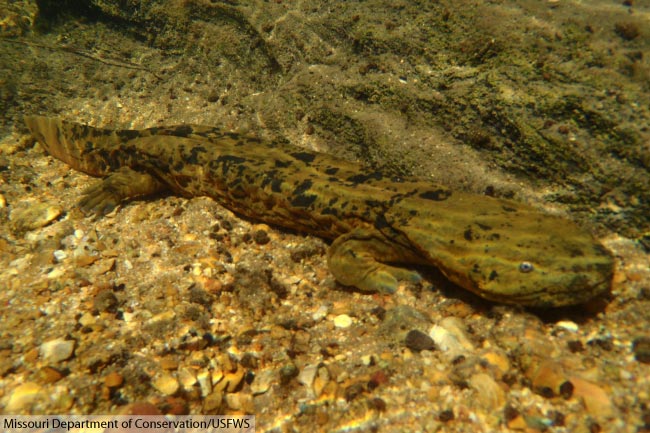

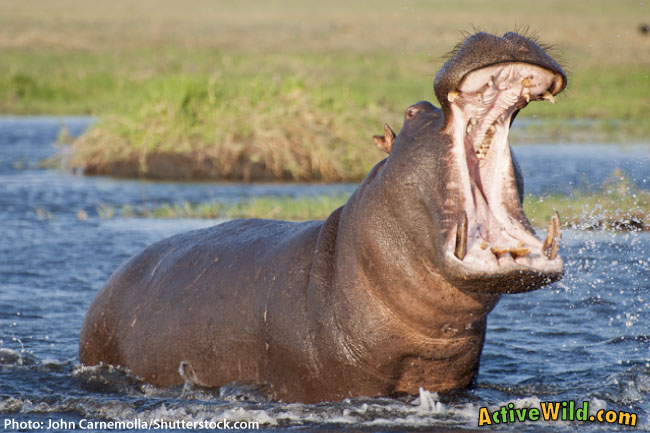
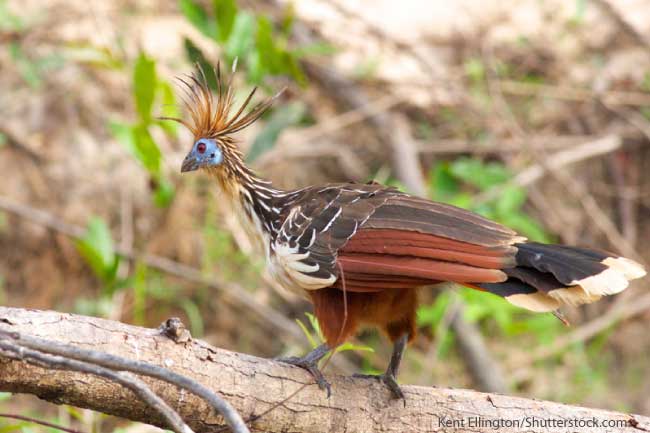





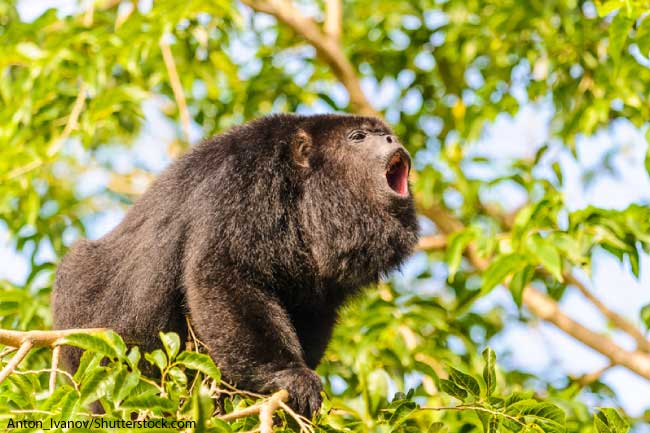

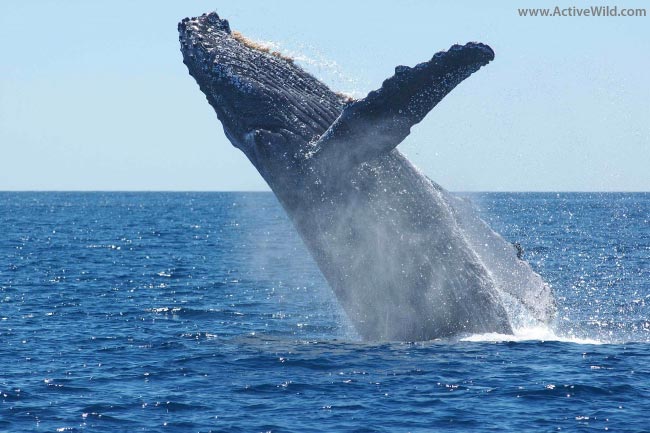
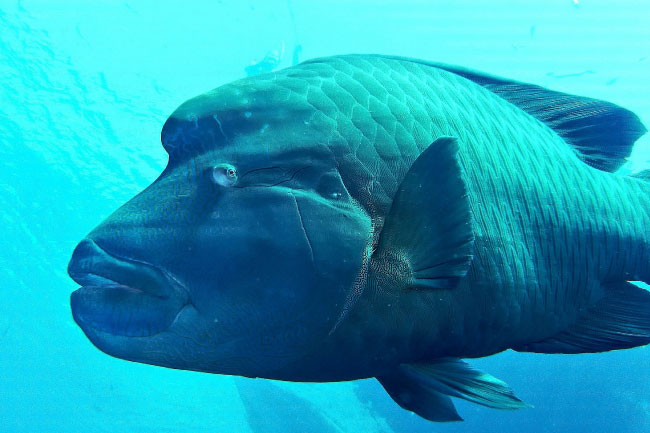
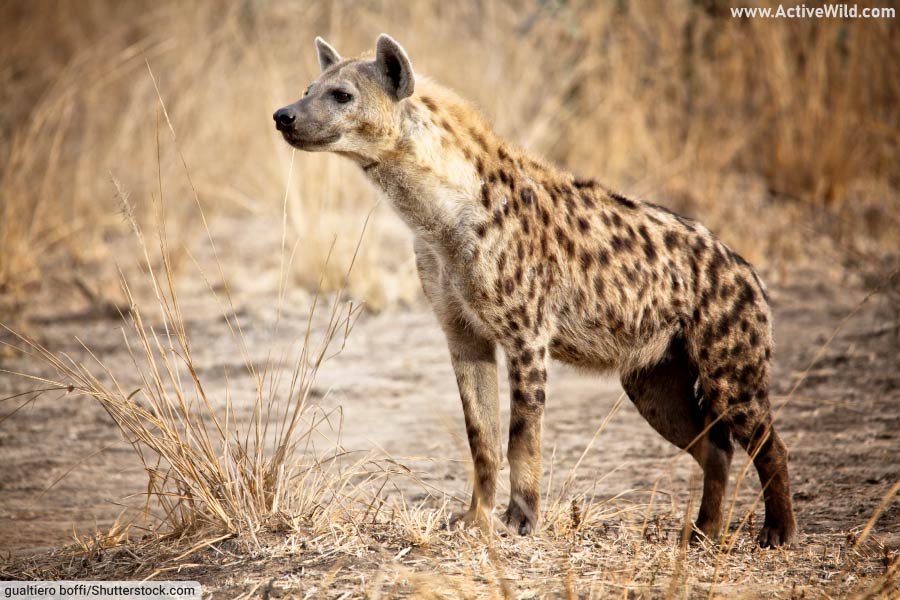

where are the humans at
Hammerhead Shark,Herons,Hamsters,and Hawk are missing!!!!!!!!!!!!!!!! grr
Did anyone tell you about a Hercules beetle
and hawksbill turtle
dude, someone forgot horse! also, there is human and horny toad.
I need to find a House Cat
Hi, you’ll find plenty of information on cats on these pages:
Fun Facts On Cats
List Of All Cat Species with Pictures & Facts